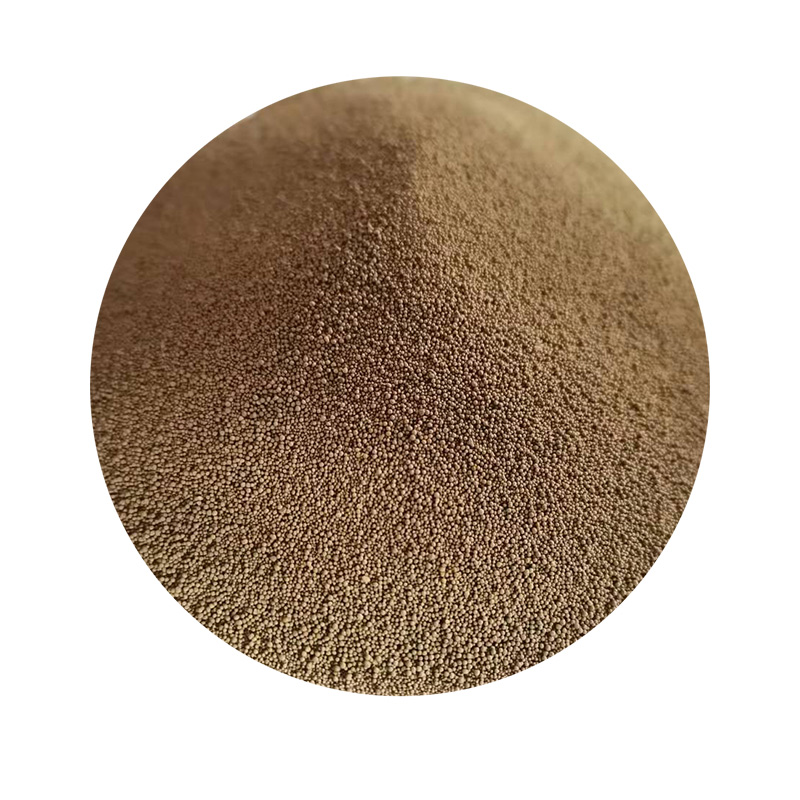Achieving Smooth 3D Prints Without Sanding Techniques and Tips
3D printing has revolutionized the way we create objects, offering unprecedented levels of customization and detail. However, one common issue that hobbyists and professionals alike face is the rough surface finish of printed parts. Sanding is often seen as a necessary evil to achieve a smooth finish, but not everyone has the time or inclination to go through such a laborious process. Fortunately, there are several techniques to achieve smooth 3D prints without the tedious task of sanding.
1. Optimize Your Print Settings
The first step to achieving a smooth finish is to carefully adjust your print settings. Higher layer resolutions often result in smoother prints as they reduce the visibility of layer lines. Using a layer height of 0.1 mm or lower is typically recommended for high-detail prints. Additionally, modifying the printing speed can also affect surface quality. Slower speeds allow the material to adhere better, minimizing imperfections caused by rapid movements of the print head.
Different filaments offer varying surface qualities. For instance, PLA is known for its ease of use and good finish, making it a popular choice for beginners. Materials like PETG and ASA can also produce smoother surfaces with less post-processing required. However, for the best finish out of the printer, consider using specialty filaments such as polylactic acid blends designed to minimize layer lines. Experimenting with different materials can lead to finding the perfect balance between durability and surface finish.
3. Utilize a Heated Chamber
For printers equipped with a heated chamber, maintaining a consistent temperature can greatly enhance print quality. A heated environment helps reduce warping and allows the filament to flow more consistently, which can lead to smoother surfaces. If your printer doesn’t have a heated chamber, you might consider building a simple enclosure that can help retain heat and regulate temperature during the printing process.
smooth 3d prints without sanding

4. Implement Post-Processing Techniques
While the goal is to minimize the need for sanding, there are still effective post-processing techniques that can enhance surface quality. Acetone vapor smoothing is particularly effective for ABS prints, while for PLA, you can use alternatives like a heat gun or a special smoothing solution. By applying heat or vapor gently to the surface, you can encourage the material to melt just slightly, which helps to fill in minor imperfections without drastic sanding.
5. Design Considerations
The design phase offers another opportunity to influence the smoothness of the final print. By incorporating larger radii in curves and avoiding sharp angles, you can reduce stress points during printing that may lead to defects. Additionally, reducing the number of separate pieces in assemblies can minimize the visible seams and connections that often become focal points for imperfections.
6. Calibration and Maintenance
Regularly calibrating your printer can make a significant difference in print quality. Ensuring that your bed is level, the nozzle height is correct, and your extruder is performing optimally can help achieve a consistent flow of filament, reducing the risk of defects. Routine maintenance will keep your printer operating smoothly and prevent issues that can arise from wear and tear.
Conclusion
Achieving smooth 3D prints without sanding is entirely possible by optimizing print settings, choosing the right materials, and utilizing effective post-processing methods. By focusing on calibration and design considerations, you can reduce the need for additional finishing work and enjoy high-quality, aesthetically pleasing prints right off the machine. As you embark on your 3D printing journey, remember that experimentation is key—don’t hesitate to try different techniques and materials to find what works best for you. With practice, your prints will not only look great but also highlight the potential of 3D printing technology.
Post time:des . 02, 2024 05:53
Next:파운드리 모래의 특성과 응용에 관한 연구
